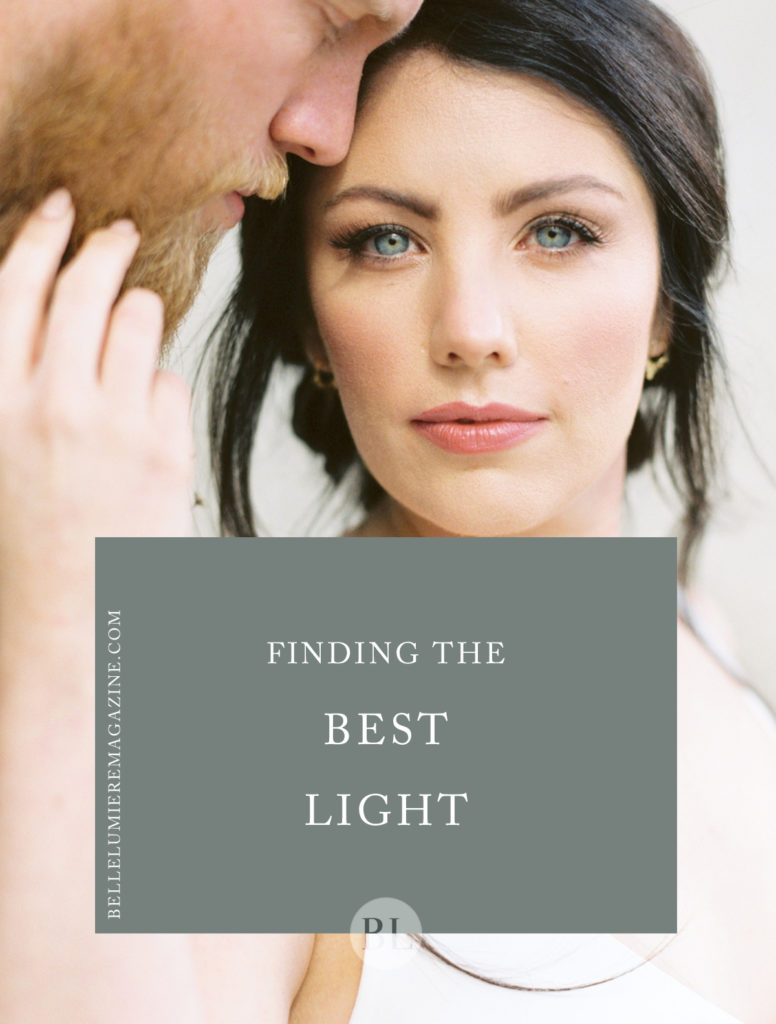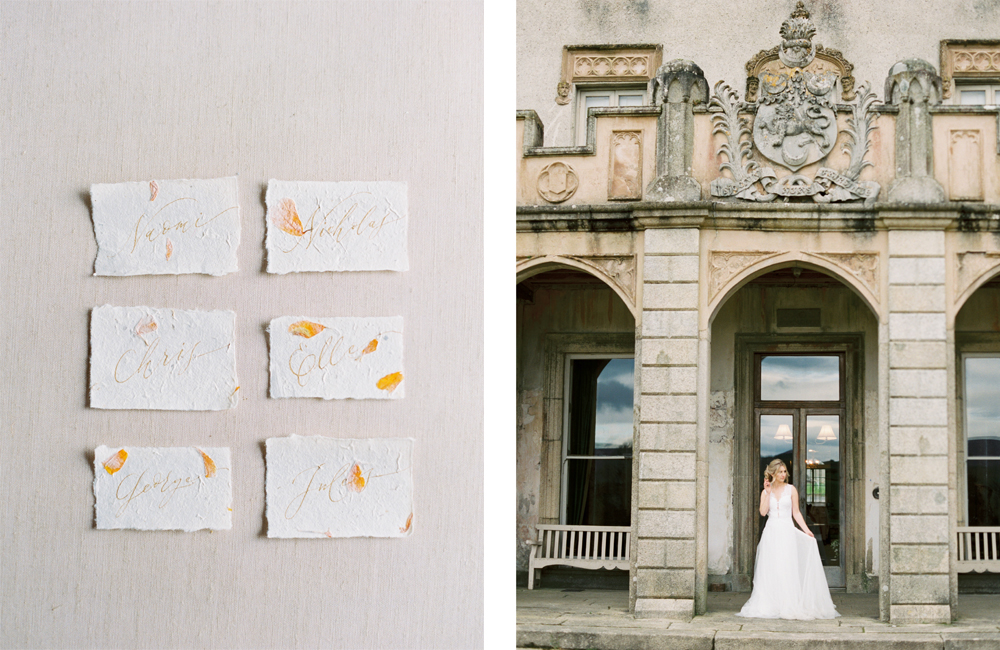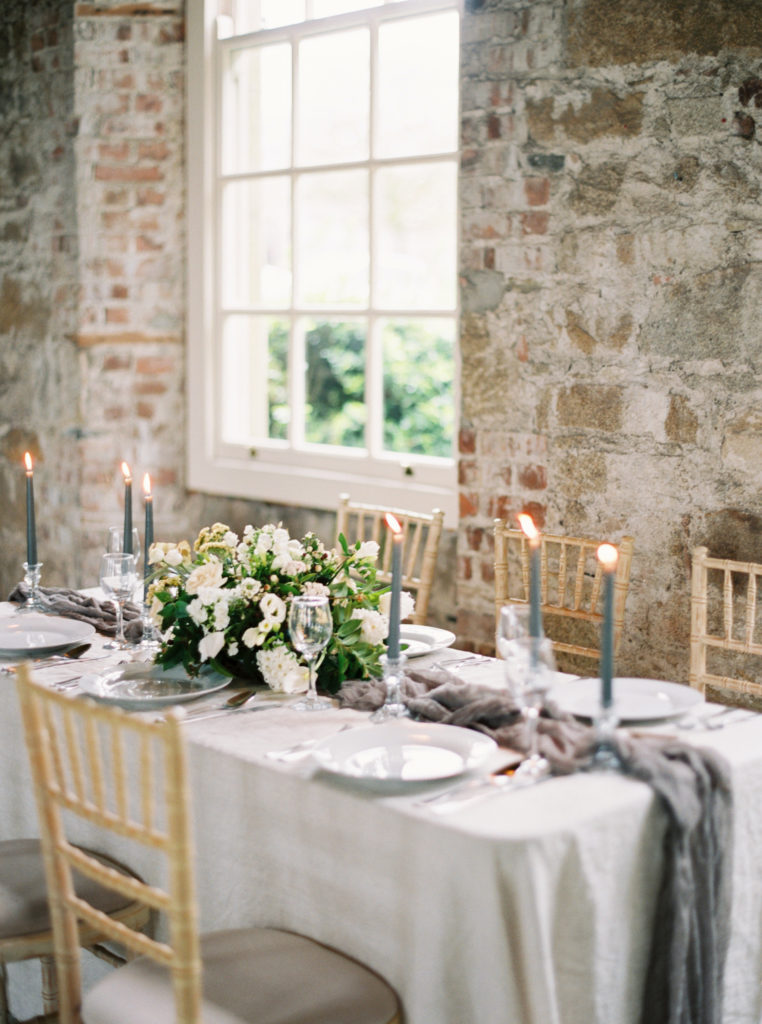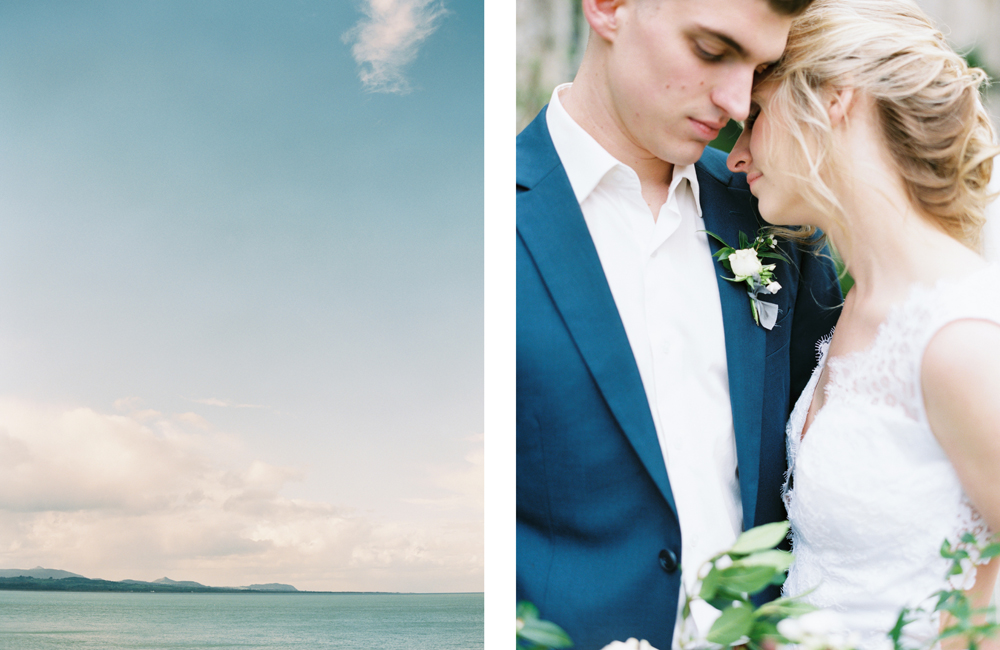VOTE DAILY FOR YOUR FAVORITE 2024 IMAGES!
learn more >>>
VOTING IS GOING ON NOW!
The
END OF THE YEAR AWARDS 2024
Finding The Best Light
October 20, 2020

Light – The natural Agent that stimulates sight And makes things visible.
In the beginning, God said, let there be light, and there was light, and I’m pretty sure He had us film photographers in mind when He lit the universe.
In all seriousness, natural light is a free, God given gift. When I think of some of my favorite moments, they involve light. A fire red, orange, and yellow painted sky at the end of a long day. The light peaking into the windows and streaming across my children’s faces as the morning breaks. The sight of a perfectly blue sky that the sun has reflected.
It only makes sense to utilize such a spectacular thing by using it to it’s full potential in my photography.
Here are three other words I found when googling light that may inspire you, radiance, brilliance, and illumination. What great words that could describe someones photography journey.
Light can be your greatest gift as a film photographer, it can soften, it can accentuate those amazing skin tones, it can create the creamy dreamy photo you’ve been striving to achieve. Here are some tips for finding the best light.

Back Light
To back light your images simply means to place the light source behind your subject. So, sun behind your images outside, and your subject in front of a sun filled window inside.
When metering correctly, back lighting your subject is going to give you a sun soaked image full of soft tones and creamy sky’s. I meter my backlit images in the shadows, facing my chest, bulb in.
Time of Day
When presented with the opportunity, photograph during the best time of day. I’ve found to achieve the light and lushes photos that I want, photographing with film 2 hours before sunset is perfect. It gives you the opportunity to place you subject in front of the light, but the sun is still up enough to fill the photo with plenty of sunny goodness.
If it is an overcast day, the light seems to be pretty consistent throughout the hours, but you may find that you prefer a different film stock in this lighting than you do on a sunny day.
Avoid Harsh Light
Try and avoid direct light hitting your subject unless the sun is almost set. Direct light will cause clients to squint. Direct sunlight also will make your photos appear flat and it will also make them have more contrast. You also want to avoid “hot spots” or “sun spots” on your subject.
Seek Out Even Shade
If you are a wedding photographer with great photo props, you know that it’s nearly impossible to have the perfect light in every situation. My easiest piece of advice is to seek out even shade when the job needs to get done. Find a beautiful wall of lush trees, or, use the side of the cool venue you are shooting at.
Use Natural Reflectors

I’ve learned that using light/white walls will sometimes act as natural reflectors. Seek out a space that has lots of natural light streaming in onto white walls, the light will bounce from walls to sealing and create a bright space.
If You See It, Achieve It
Don’t be afraid to pull your couple away for the perfect lighting. Chances are, they have hired you because they love the way you execute things. If you see some yummy light that your couple hasn’t stood in, take them there. At the end of the day, your photos are one of the only tangible things left, make them count.
Once you’ve nailed down lighting, another key element to producing the end result that you desire is metering and choosing the correct film stock.
For the light to interpret the way I desire, I’ve chosen 2 film stocks that suit me best, Fuji 400h for outdoors and well lite indoor spaces, and Portra 800 for indoors lower light situations.
Outdoors with full sun or partly cloudy, I rate my Fuji 400h at 200. If it is extreme overcast or indoors (in most cases) I rate at 400. I choose to rate at 200 on sunny days because it is just one more way for me to achieve the light photos that I desire. Telling your meter that you are shooting a stop lower than your film stock, is in a sense “tricking” your meter into giving you a lower shutter speed reading that will let in more light.
Typically I rate my Portra 800 indoors at 400 if there is nice sun- light coming through the windows, if it is a lower light situation I will rate at 800. If the lighting is extra dark.
I’ve rarely rated Portra 800 at 1000 and pushed 1 stop at the lab. This can be tricky because the images get contrasty when pushing. This is a good reason to build a relationship with your lab and communicate your wants with them.
I typically meter my subject in the shadows, meter facing me, bulb in. For certain things I meter highlights, for instance a flat laying invitation suite.
For film, light will be your best friend. Film needs light, period. Chase it and utilize it!

Tracy Burch owns and operates Tracy Burch Photography. She specializes in weddings and film photography. She is truly passion- ate about the wedding industry and creating heirlooms for families on film. Tracy lives in an 1850’s historic home with her husband, two daughters, and pup. She uses her business to show others love and be the hands and feet of Christ. Aside from photography, Tracy loves good food, binge watching netflix series with her husband, and having dance parties with her girls beside their record player.
tracyburchphotography.com
@tracyburchphotography
Did you know this article is 1 of 40 articles included in our 2019 issue bundle?!! All of which can be grabbed up for 50% off (which is less than $8 an issue). CLICK HERE to learn more about volumes XIV – XVII!!
Loving this article! Can’t wait for a new one every Tuesday!
Cagdas, I am so happy to hear that!! Both that you loved this article, and that you are excited for every Tuesday now!!
Thank you for this article. It Helps a LOT!